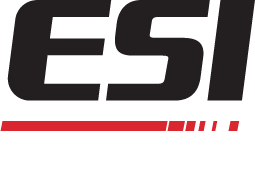Web Offset Shifts To Flex Pack Printing Part I
Web Offset Shifts to Flex Pack Printing, Part I
Unwrapping a chocolate bar and breaking off a chunk to devour is something almost everyone has done at some point in their lives. But before the tear, most consumers don't realize that a very intricate and in-depth process occurred prior to placing the chocolate in the wrapper—the package was designed, printed, and tested.
The shiny design, sleek feel and the way it "pops" off the shelf are all directly related to the printing process. For decades, Web Offset and food packaging went hand in hand. Now, the trend and shift is towards electron beam flexible packaging, and printers are searching for applications and methods that can handle the new dynamic designs.
"For all of our packaging materials, we require our printers to use only state-of-the-art printing methods that are designed for food contact applications,” said Dr. Stephane Papilloud from the Nestle Research Center in Switzerland.
To begin with, any new technology or advancement has to comply with the standards and guidelines set forth by the company itself. So while you may believe you have the best new Web Offset press, ink, or application, it still needs to be safe and effective to the company as well. eBeam technology and inks is proven to be food-safe and reduce energy usage.
Nestle, for example, must approve of how their chocolate wrappers are printed or they won't use the new operation.
